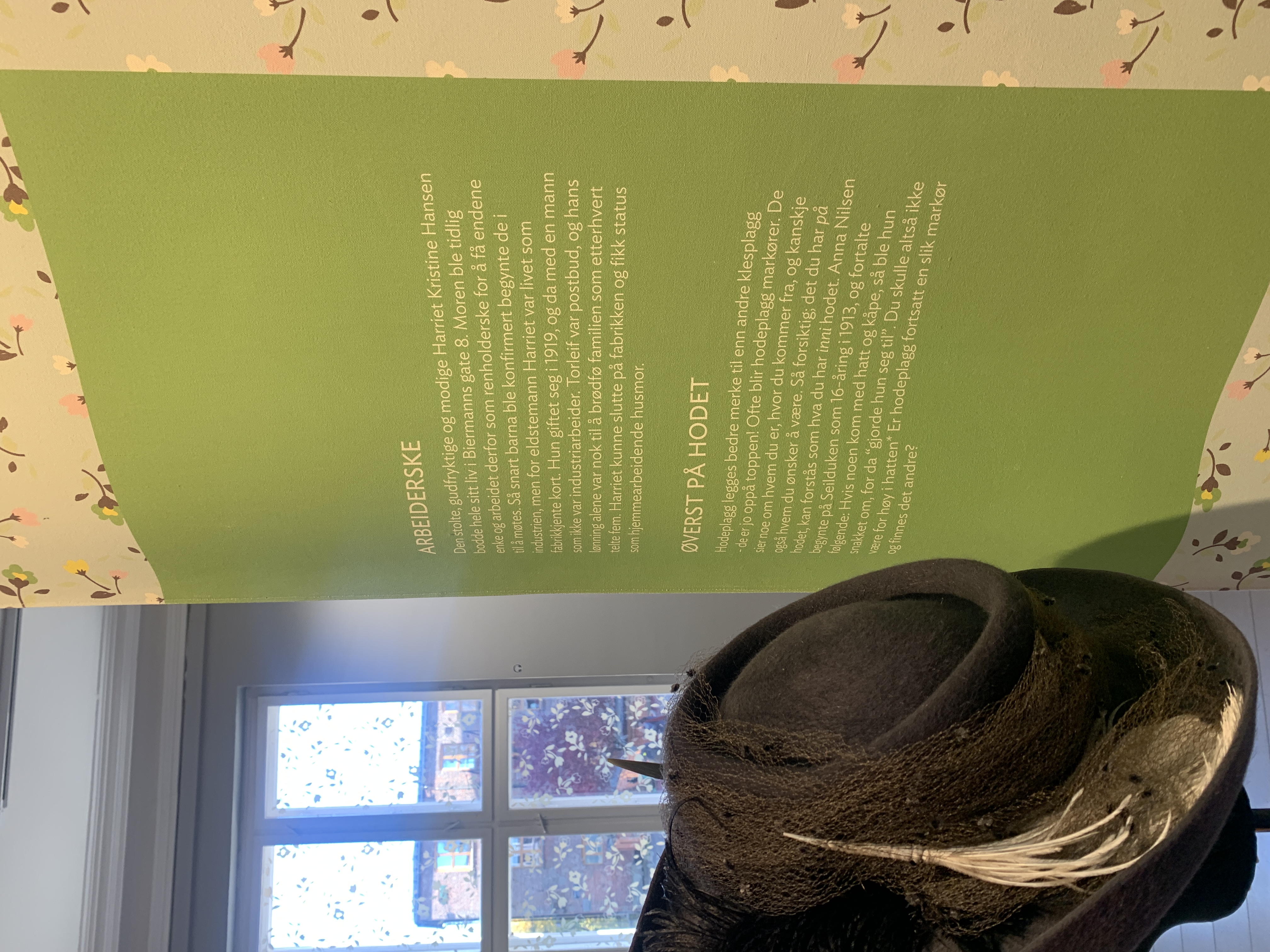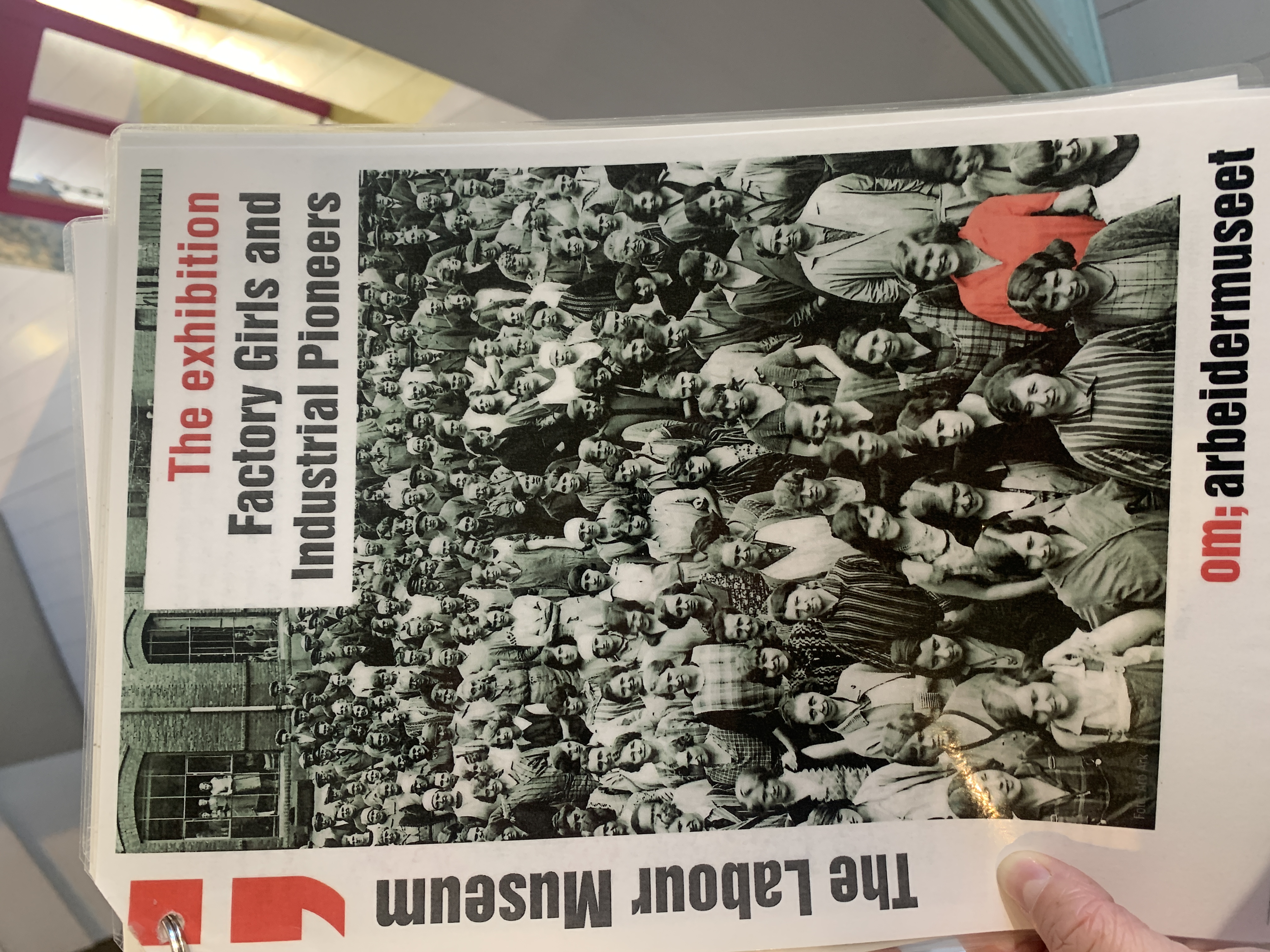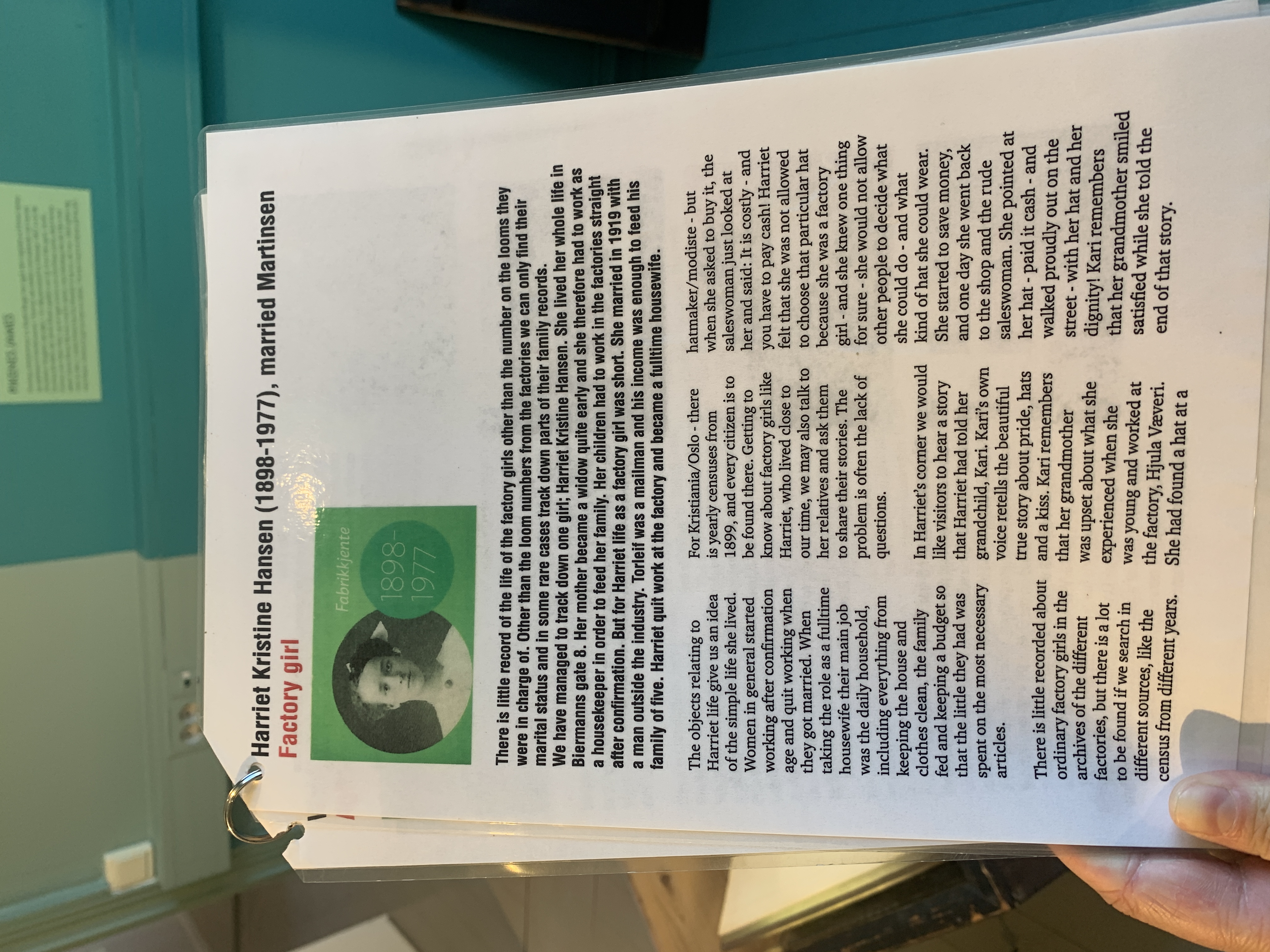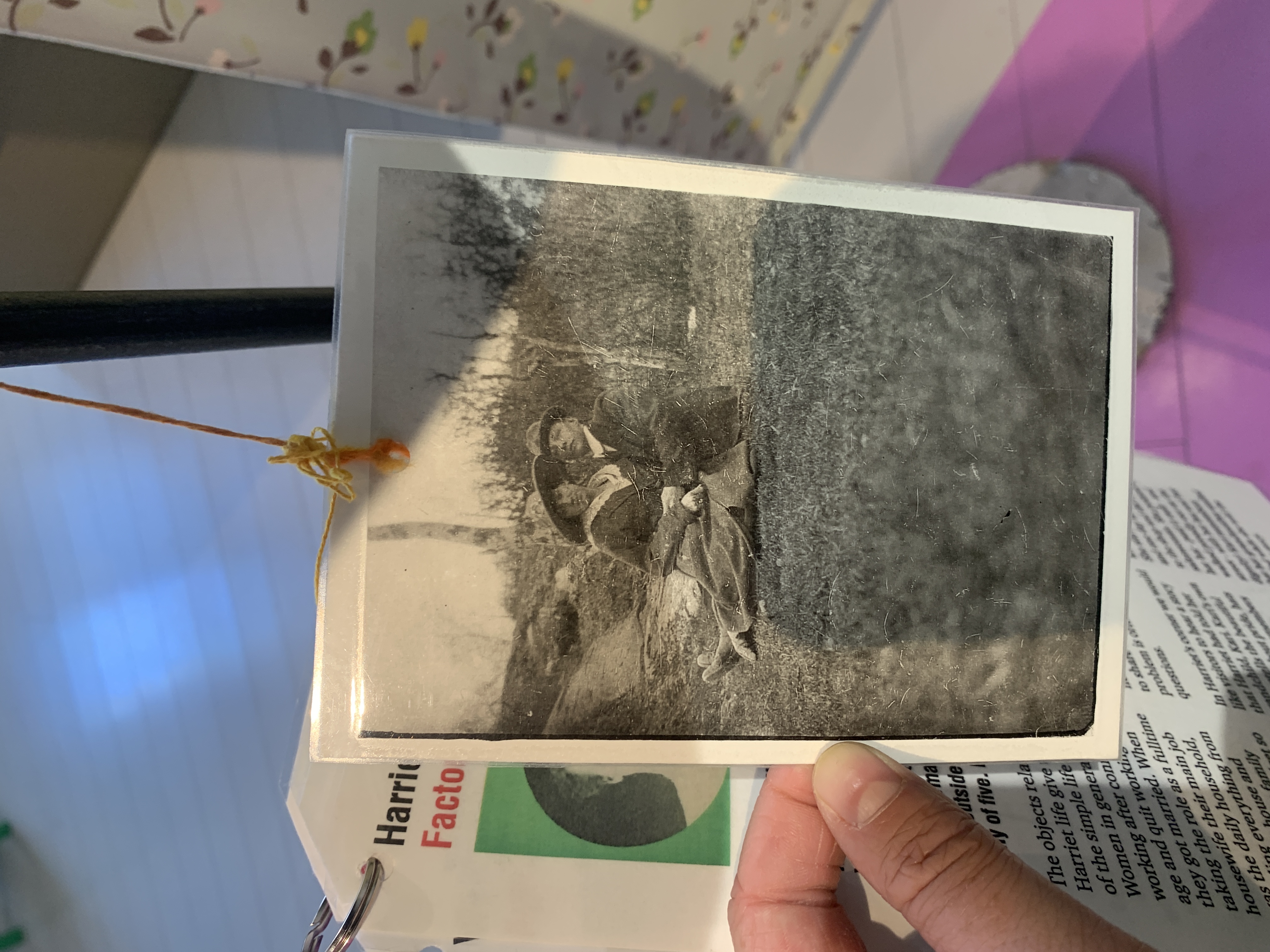I grew up in a small town called Nottuln, in Germany, close to the (former) high impacting industrial Area Ruhrgebiet. My father grew up in the 60ies 70ies in this Area in different towns and has always been taken us, his family, to different places. So as a child I used to visit old factories a lot, that either had been turned into a museum about for example the labour at the former textile factory or into spaces for art and culture. I was always to very intrigued into visiting these places and fascinated to see the shift in labour, the so triste seeming-like factories and surroundings. As if that made me nostalgic, without having and actual connection to that labour.
When I came to Oslo and visited Khio for the first time I became aware of the buildings past history as the former Chistiania Seildugsfabrik, the Christiania Sailcloth factory. It felt like coming home to me. This building with its bricks in a specific colour, the way of dealing with old and new architecture, the usage of the old building with this vibrant art school... I felt like coming home, as my “home institution”, a term borrowed from the bureaucratic word you have to do for the Erasmus papers, doesn’t feel like home to me. Khio is though not a home, it is a rented place, a temporal allowance to be somewhere.
but this somewhere is a place that was a temporary somewhere to others. I got interested into researching, what role plays the location, next to the river Akerselva? what was labour in Christiania Seildugsfabrik like, and to what and where was it connected.
You cannot find a lot of research material online, eventhough councils in Norway and of Oslo are digitalizing material as photos.
The research that the labour museum of Oslo had put into is laid out in the labour museum and accessible on english as well, even though when not completely translated. You can see some impressions further down on the page.
As the labour museum emphasized the stories from individuals working at Christiania Seidugsfabrik, I got aware of the individual story from Harriet Kristine Hansen. The only woman that was retracable as female worker in the factory. Who where her colleagues? What was their life like? What were responsibilities? What were their worries, sorrows?
In the further work with Vida, we collaboratively wrote a text that goes into this poetic way of dealing with research around the River Akerselva and it’s deeply connected and influenced way of existence next to this building, where Khio is nowadays situated.



